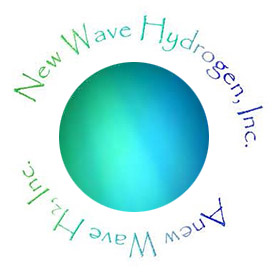What if… there was a technology that removed the obstacles to a Clean Hydrogen transition?
Introducing, A New Wave in Hydrogen Production

No Direct CO2 emissions

Low Electricity Demand
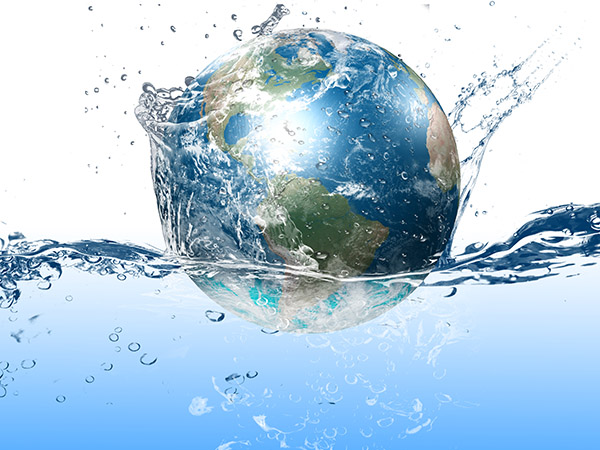
No Water Demand

Low Cost






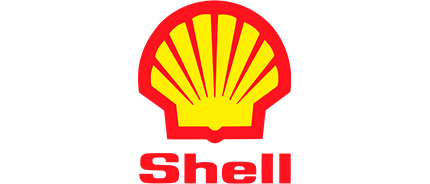





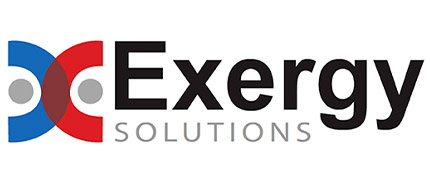
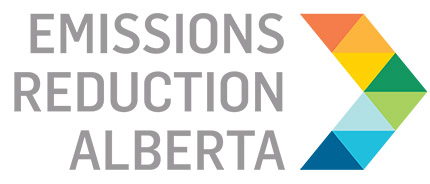

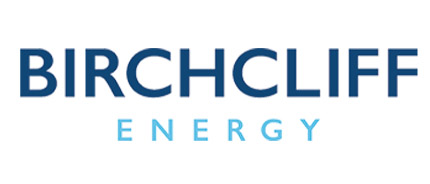




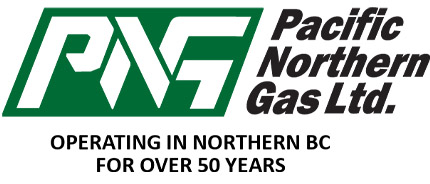
A New Energy Paradigm
Supersonic, Shock-wave Driven Temperature Amplification
Hydrogen (H2) is not always ‘clean’. In fact, over 90% of the world’s H2 is ‘gray hydrogen’, produced via a process called ‘Steam Methane Reforming’ which uses water and releases a significant amount of CO2 (a greenhouse gas or GHG). If combined with carbon capture and storage (CCS) it is considered ‘blue hydrogen’ but this requires a CO2 capture system and the added cost, time, and risk of building out CO2 pipeline networks and deep, underground CCS facilities. This adds cost, will require decades to build, and may not be feasible in all locations nor at small scales. The world cannot wait decades to achieve GHG emission reduction on a large scale.

New Wave Hydrogen (NWH2 and AnewH2) brings a new energy paradigm to clean energy via shock wave heating.
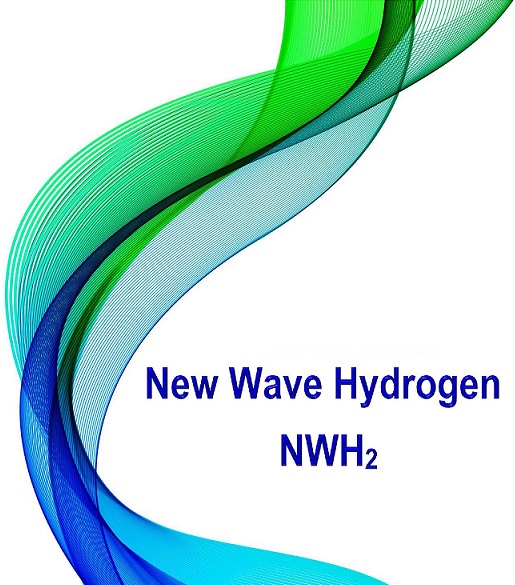
New Wave’s innovation is a novel application of a long-proven technology – wave rotors – combined with a proven process – methane pyrolysis. Wave Rotors have been in use for over 50 years, they are known to heat gases to temperatures sufficient to decompose hydrocarbons. With pressurized gas as the main input, the New Wave process transfers energy via shock wave dynamics, amplifying the temperature of the gas. The temperatures are high enough to directly ‘crack’ or decompose hydrocarbons into clean H2 and solid carbon (C).
New Wave is designed to integrate into existing pipelines, using the gas as the feedstock and pressure differences to help initiate the shock wave cycle. Using the entrained pipeline pressure, and the use of shock wave dynamics to drive the reaction, means that the process requires very little input energy (i.e., low electricity demand). The process itself produces no CO2 and uses no water.
